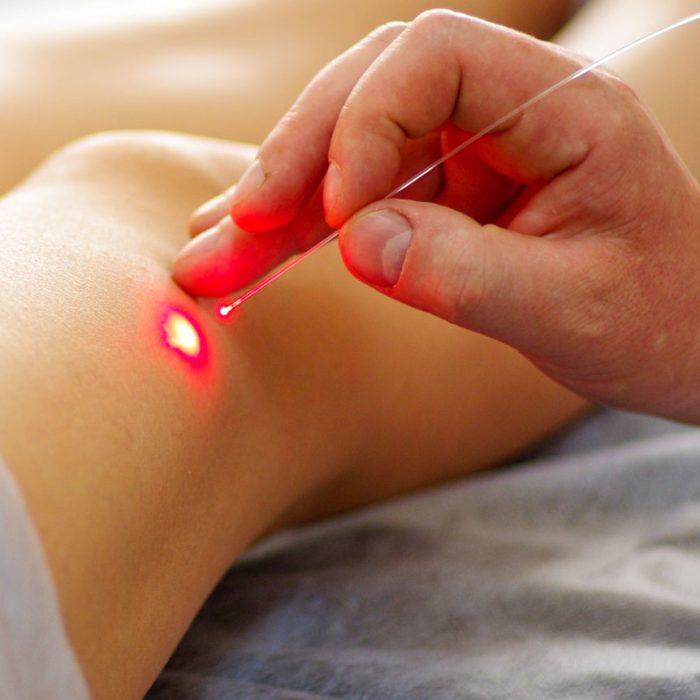Table of Contents
ToggleSpider Veins and Genetics
Spider veins, or telangiectasias, are small, visible blood vessels that often appear on the surface of the skin, particularly on the legs and face. While these veins are typically harmless, they can cause discomfort and cosmetic concerns for many individuals. Understanding the factors that contribute to the development of spider veins is crucial for prevention and treatment. Among these factors, genetics plays a significant role. This article delves into the genetic predisposition to spider veins, exploring how hereditary factors influence their development and how this knowledge can guide effective management strategies.
The Genetic Basis of Spider Veins
Genetics is a major contributing factor in the development of spider veins. Research has shown that individuals with a family history of spider veins or varicose veins are more likely to develop these conditions. This hereditary predisposition can be attributed to several genetic factors:
1. Inherited Weakness in Vein Walls
– People with a genetic predisposition to spider veins often have a weakness in the connective tissue of the vein walls. This weakness can cause the veins to dilate more easily under pressure, leading to the formation of spider veins.
– Genetic variations affecting the production of collagen and other structural proteins in the veins can reduce the structural integrity of the veins, making them more prone to dilation and visible changes.
2. Impaired Valve Function
– Veins contain valves that help regulate blood flow back to the heart. In individuals with a genetic predisposition, these valves may function less effectively, allowing blood to pool in the veins. This increased pressure can cause the veins to dilate and become visible as spider veins.
– Dysfunctional valves, often influenced by hereditary factors, are a key element in the development of venous insufficiency, which is closely linked to the appearance of spider veins.
3. Family History and Heritability
– Studies have shown a strong correlation between family history and the occurrence of spider veins. If one or both parents have spider veins or varicose veins, the likelihood of their children developing these conditions increases significantly.
– Early onset of spider veins is often observed in individuals with a strong family history, suggesting that genetic factors play a critical role in determining when these veins will appear.

Environmental and Lifestyle Factors
While genetics is a crucial factor, environmental and lifestyle factors also contribute to the development of spider veins. Prolonged standing, obesity, pregnancy, and hormonal changes can exacerbate the condition, particularly in those who are genetically predisposed. However, even in the presence of these factors, not everyone will develop spider veins, underscoring the importance of genetic predisposition.
Recent Genetic Research and Future Directions
Advancements in genetic research are beginning to identify specific genes and molecular pathways involved in the development of spider veins. These discoveries could lead to more targeted and effective treatments in the future:
1. Gene Identification
Researchers are working to pinpoint the exact genes responsible for venous insufficiency and connective tissue weaknesses that contribute to spider veins. Identifying these genes can help in developing personalized treatment plans.
2. Potential Therapies
Understanding the genetic basis of spider veins may lead to the development of new therapies that can strengthen vein walls or improve valve function, reducing the risk or severity of spider veins.
Genetics plays a significant and well-documented role in the development of spider veins. Individuals with a family history of venous disorders are at a higher risk of developing these conditions due to inherited weaknesses in vein structure and function. While lifestyle factors can influence the severity and onset of spider veins, the underlying genetic predisposition is a key determinant of their occurrence. Ongoing research into the genetic basis of spider veins holds promise for more effective and targeted treatments in the future, offering hope to those affected by this common condition. Understanding and acknowledging the genetic component can also guide individuals in taking proactive steps
Conclusion
It is important for people considering skin tag removal in plano , laser hair removal in plano ,microneedling in plano, Hydrafacial in plano, Microdermabrasion plano, Laser electrolysis plano, Nail Fungus plano, Rosacea Treatment in plano, Spider Vein Removal plano, Wrinkle Reduction in plano, Botox in plano, Hifu in plano, to undergo a full consultation with a qualified doctor or cosmetologist – Aesthetician Nasrin – to assess their suitability for this procedure and discuss their .
No comment yet, add your voice below!